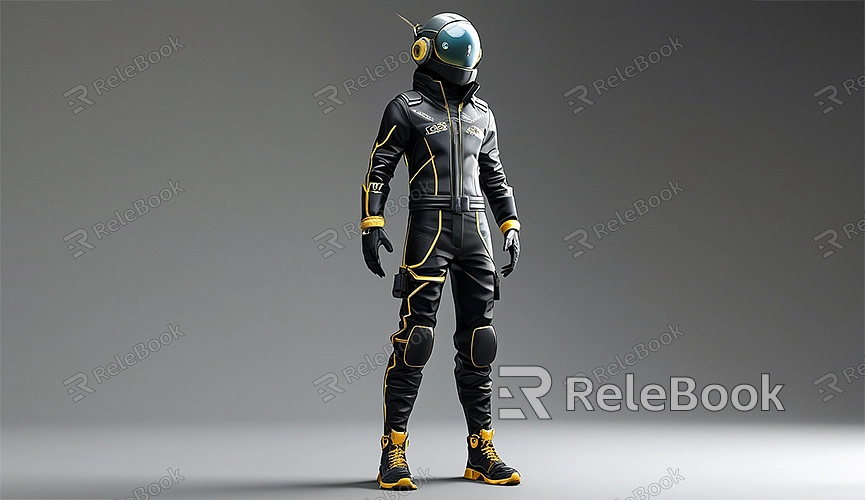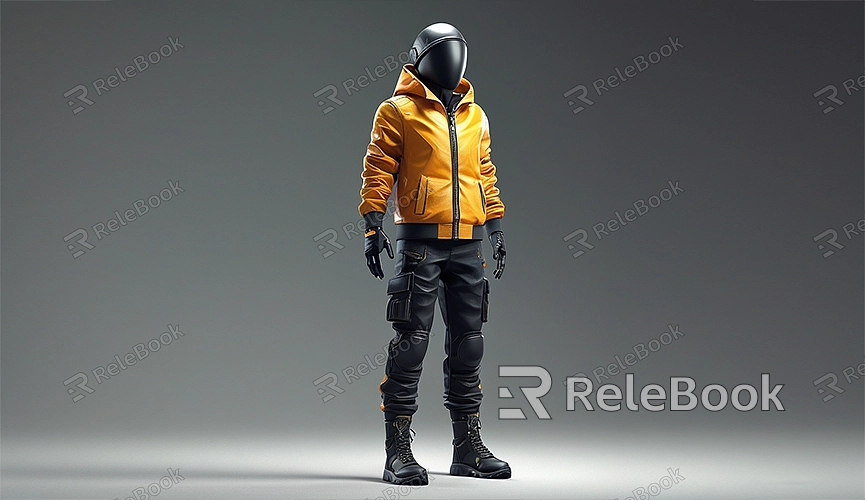How to move limbs of human render blender
Creating and animating human models in Blender is a complex but rewarding process. Particularly when animating limbs, you need to master some basic techniques and workflows. This guide will detail how to move limbs of human models in Blender to help you create more natural and lively animations.
1. Preparation
Before you start, make sure you have a complete human model created or imported. Blender offers a wide range of tools and features for modeling and animating. If your model isn't rigged (i.e., hasn't been assigned a skeleton), you'll need to complete this step first. Rigging involves connecting your model to a virtual skeleton system, enabling it to be animated.

2. Rigging
Rigging is the foundation of animation. Through rigging, you create a skeleton system for the model and associate these bones with different parts of the model. Here are the basic steps for rigging in Blender:
- Add Armature: In Blender, go to the “Add” menu and select “Armature.” You can choose to create a simple armature or use one of Blender's preset rigs.
- Edit Armature: Switch to “Edit Mode” and adjust the bone positions and sizes to match your model. Ensure that each bone’s start and end points align with the limbs of the model.
- Bind Armature: Bind the armature to the model. Select your model, then hold Shift and select the armature. Next, switch to “Pose Mode” and use the “Automatic Weights” function to bind the armature to the model. This will create a weight map that allows the bones to influence corresponding parts of the model.
3. Create Animation
Once the rigging is complete, you can start creating animations. This process is known as animation in Blender. Here are the basic steps:
- Enter Pose Mode: Select the armature and switch to “Pose Mode.” In this mode, you can select and move different parts of the armature to affect the rigged model.
- Set Keyframes: Choose positions on the timeline where you want to set keyframes. Adjust the pose of the armature, then press “I” (Insert Keyframe) to insert a keyframe. These keyframes will define important actions in the animation.

- Adjust Animation Curves: Use the “Graph Editor” to adjust animation curves and make the movements smoother. By modifying the transitions between keyframes, you can achieve more natural motion.
4. Test and Optimize
After creating the basic animation, testing and optimizing are crucial steps. This helps ensure that the animation is natural and smooth.
- Play the Animation: Play the animation on the timeline and check if the limb movements appear natural. Watch for any inconsistencies, such as bone deformations or model penetration.
- Adjust Weights: If the model deforms unnaturally during the animation, you may need to adjust the weights. Enter “Weight Paint Mode” and modify the influence of the bones on the model until you achieve the desired effect.
- Check Collisions and Interactions: If your animation involves multiple models or scenes, ensure that interactions and collisions between them are functioning correctly. Conduct a thorough check to prevent any unintended visual effects.
5. Export and Use Animation
After completing your animation, you might need to export it for use in other projects or platforms. Blender supports various animation export formats like FBX, OBJ, etc., so you can choose the format that suits your needs.
- Choose Export Format: In Blender, go to the “File” menu, select “Export,” and choose the desired format. For example, selecting “FBX” will export the animation file.
- Set Export Options: Configure the export options according to your needs, such as animation frame range and export settings for bones and models. Ensure that you select the correct options to preserve the integrity of the animation.
- Export File: Click the “Export” button, and Blender will generate a file containing the animation that you can use in other software or platforms.
Moving limbs of human models in Blender is a critical step in creating dynamic animations. Through proper rigging, animation creation, and optimization, you can achieve natural and fluid motion. If you need high-quality 3D textures, HDRIs, or 3D model downloads while creating models and virtual scenes, you can obtain them from Relebook. After downloading, simply import the textures and 3D models into your project. I hope these tips help enhance your animation production.

